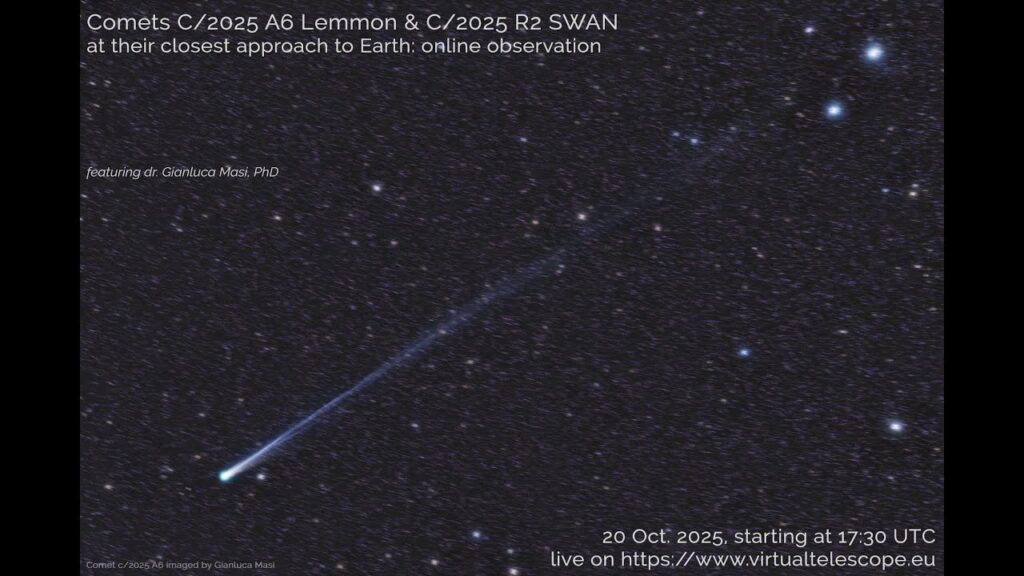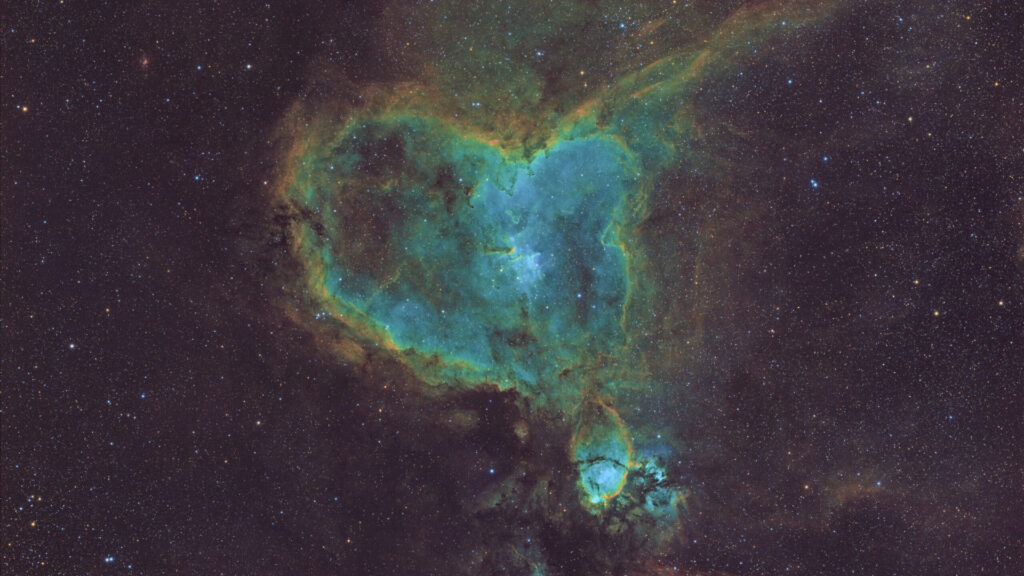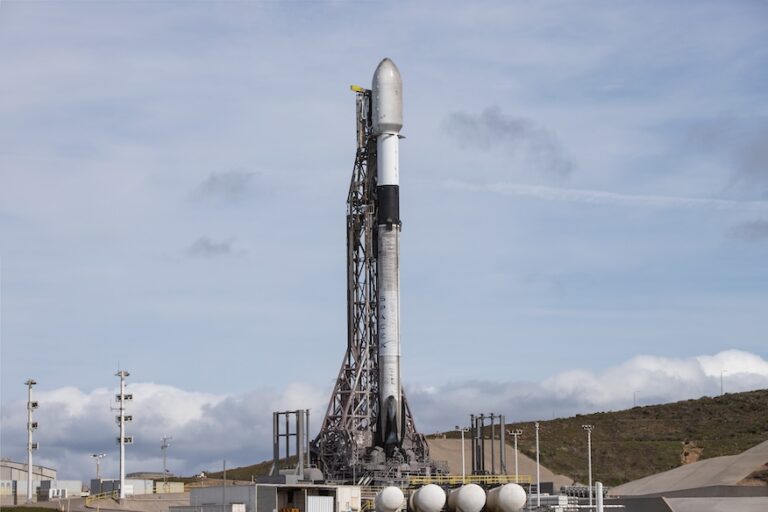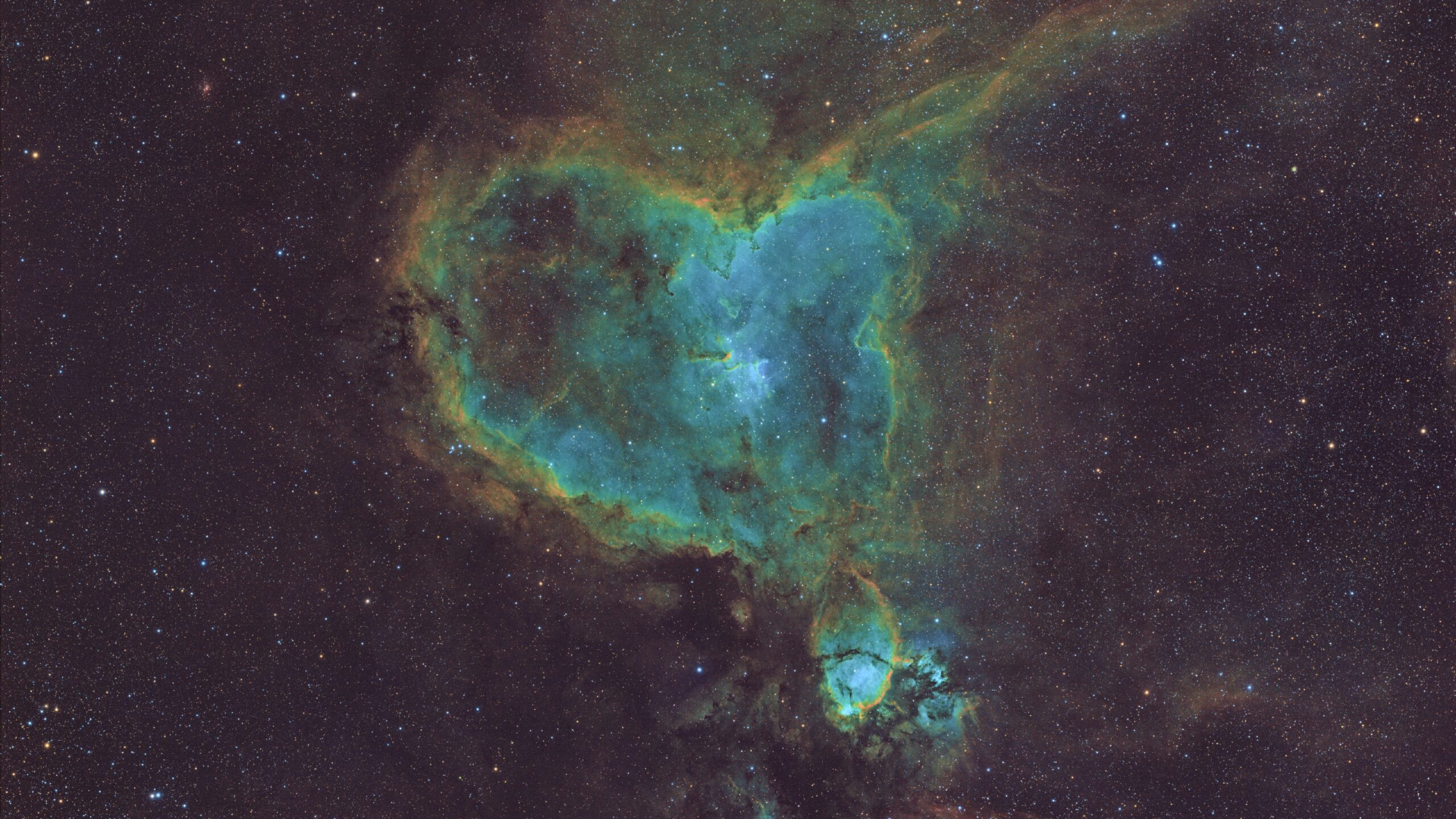Now Reading: Watch SpaceX launch its 10,000th Starlink satellite to orbit today on rocket’s record-breaking 31st flight
-
01
Watch SpaceX launch its 10,000th Starlink satellite to orbit today on rocket’s record-breaking 31st flight
Watch SpaceX launch its 10,000th Starlink satellite to orbit today on rocket’s record-breaking 31st flight
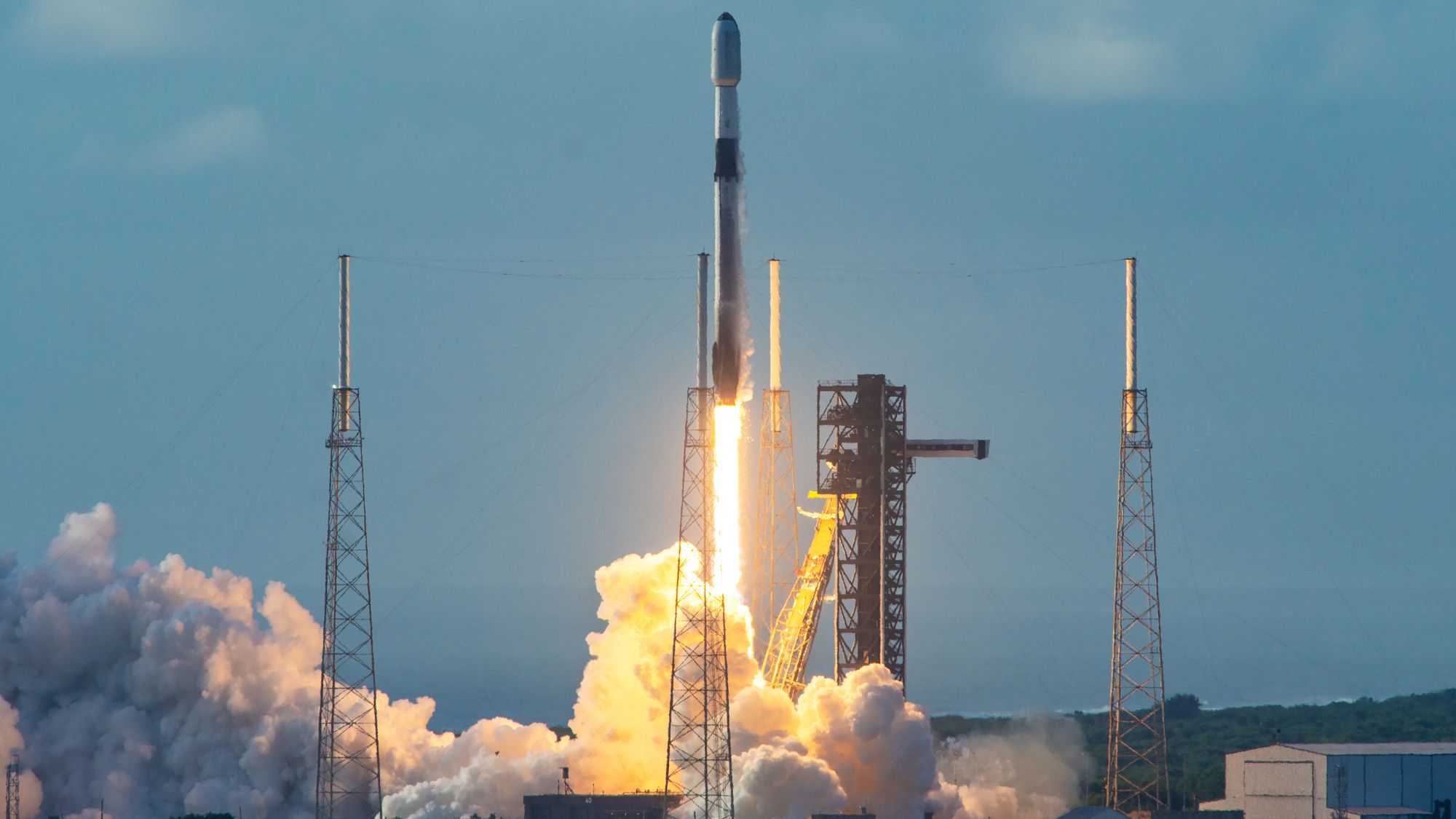
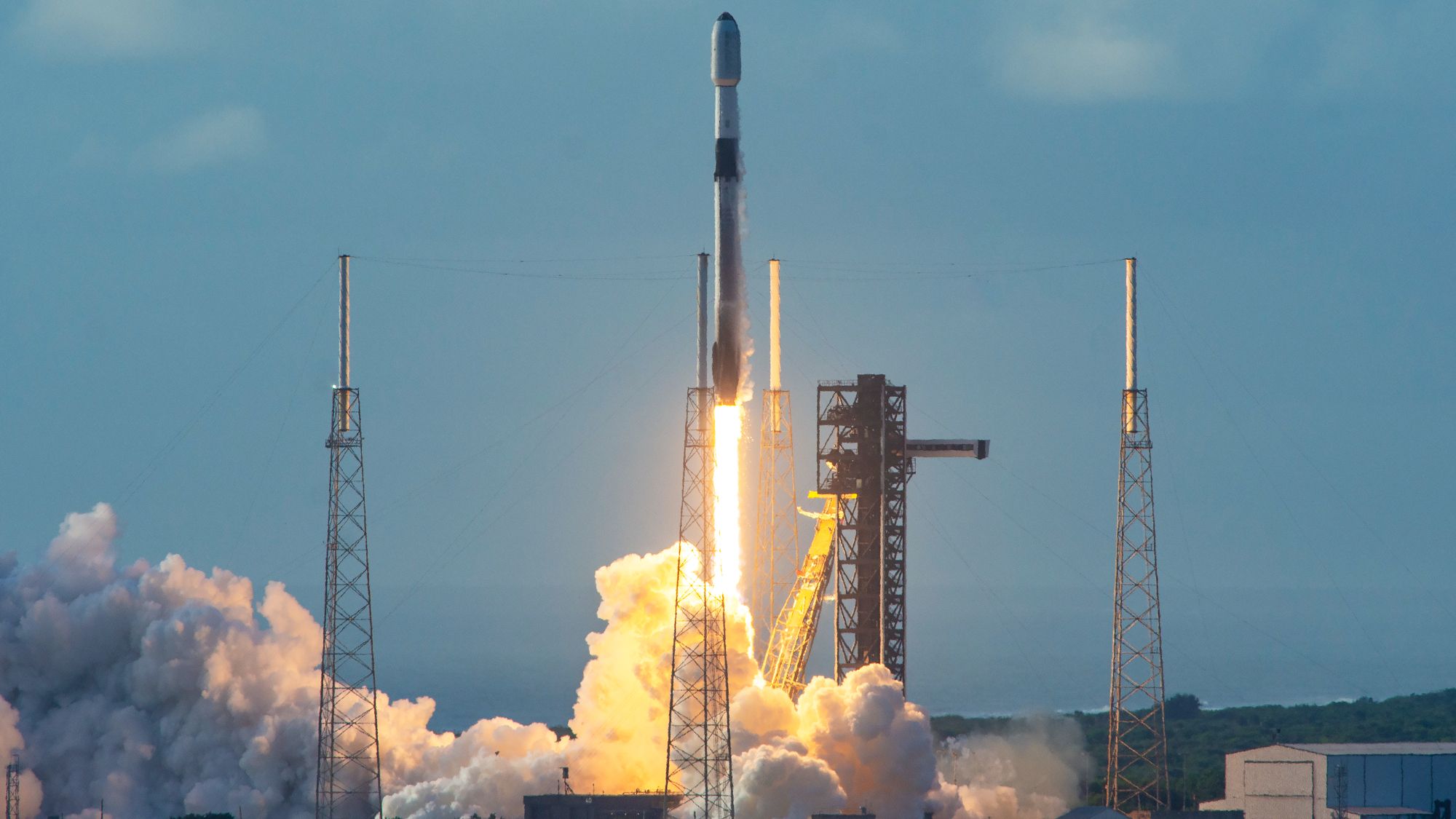
SpaceX will notch two big milestones on a single Falcon 9 launch today (Oct. 19), and you can watch the action live.
A Falcon 9 is scheduled to launch 28 of SpaceX’s Starlink broadband satellites from Florida’s Cape Canaveral Space Force Station today, during a four-hour window that opens at 10:52 a.m. EDT (1452 GMT).
SpaceX has lofted 9,988 Starlink satellites to date, according to astrophysicist and satellite tracker Jonathan McDowell. So today’s launch will take that number above 10,000. It will also be the record-breaking 31st liftoff for this Falcon 9’s first stage, a booster designated 1067.
You can see history made live: SpaceX will stream the flight via its website and its X account, beginning about five minutes before launch.
SpaceX launched its first two Starlink prototypes to low Earth orbit (LEO) in February 2018, then began building the megaconstellation in earnest 15 months later. The company offered Starlink service for the first time with a public beta test in October 2020 and started a commercial rollout the next year.
Starlink now provides service to millions of customers around the world, and SpaceX continues to beef up that product by sending more and more satellites to the final frontier.
The pace has reached extraordinary levels lately: SpaceX launched 89 Starlink missions in 2024 and has already exceeded that number this year. And don’t expect it to stop anytime soon: SpaceX already has permission to loft 12,000 Starlink satellites, and the megaconstellation could eventually consist of more than 30,000 spacecraft.
Most of the 9,988 Starlink satellites that SpaceX has launched to date remain active — 8,610 are currently operational, according to McDowell. Most of the others have been deorbited, guided down to burn up in Earth’s atmosphere. (Each Starlink satellite has an operational life of about five years.)
Previous Booster 1067 missions
If all goes according to plan today, Booster 1067 will come back to Earth about 8.5 minutes after liftoff, landing in the Atlantic Ocean on the SpaceX drone ship “A Shortfall of Gravitas.” It will be the 31st launch and touchdown for the booster, according to a SpaceX mission description.
Such extensive rocket reuse is a core part of SpaceX’s plan to lower the cost of spaceflight and increase its efficiency.
That already-successful strategy could take a big leap forward soon; the company is developing a giant, fully reusable rocket called Starship, which is designed to help humanity settle Mars. (The Falcon 9 and its close cousin the Falcon Heavy are only partially reusable; their upper stages are expendable.)
The Falcon 9’s upper stage, meanwhile, will haul the 28 Starlink satellites to LEO today, deploying them about 64 minutes after launch.
Stay Informed With the Latest & Most Important News
Previous Post
Next Post
-
 012024 in Review: Highlights from NASA in Silicon Valley
012024 in Review: Highlights from NASA in Silicon Valley -
 02Panasonic Leica Summilux DG 15mm f/1.7 ASPH review
02Panasonic Leica Summilux DG 15mm f/1.7 ASPH review -
 03How New NASA, India Earth Satellite NISAR Will See Earth
03How New NASA, India Earth Satellite NISAR Will See Earth -
 04And Thus Begins A New Year For Life On Earth
04And Thus Begins A New Year For Life On Earth -
 05Astronomy Activation Ambassadors: A New Era
05Astronomy Activation Ambassadors: A New Era -
06SpaceX launch surge helps set new global launch record in 2024
-
 07Space Force plans new ‘Futures Command’ amid pressure to speed up modernization
07Space Force plans new ‘Futures Command’ amid pressure to speed up modernization












